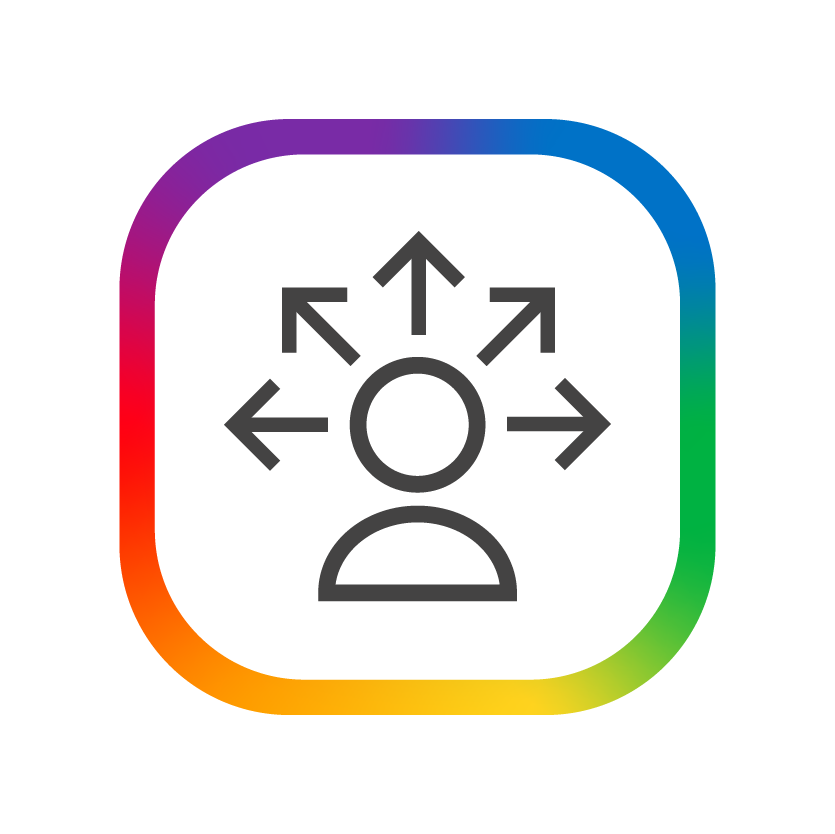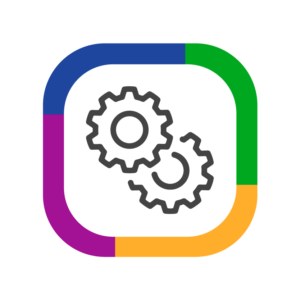Self-directed learning
Pedagogical Approach Patterns
Description:
Self-Directed Learning (SDL) is a very popular pedagogical approach that puts the emphasis on designing learning around authentic problem contexts and giving agency to students in the learning process. There is a lot of literature on SDL (Black & William, 1998; Brockett, 2002; Candy, 1991; Clarke, 2001; Garrison, 1997; Guglielmino, 1977; NCREL, 2003; SRI, 2008). In this pattern, LDS provides a five-stage structure, follows a simple problem solving provess: goal setting, self-planning, self-monitoring, self-evaluate and revision.
– in goal setting, students identify own learning goals & learning activities
– in self planning, students regulate and plan for the detailed decisions and arrangements needed to solve the problem, including planning and scheduling to address their own learning needs
– in self monitoring, students self-manage their own time and their own repertoire of learning strategies. They could adjust their own learning pathway as they progress
– in self evaluation, students are aware of the assessment criteria, and may contribute to the setting of such criteria. Students critically evaluate their own and/or peer’s work according to set criteria
– in revision, students revise their work based on the feedback received from their teacher or peers at various stages and students reflect on their own learning and apply what they have learnt to new contexts.
The stages in this approach can be integrated with a disciplinary practice problem context to generate a sequence of curriculum components to achieve the intended learning outcome goals.
Related patterns at the same level
Related products
-
Pedagogical Approach Patterns
Mission-focused inquiry learning (MFIL)
Patterns at other levels
You may also like…
-
Course Level Patterns Constructed by Integrating the Pedagogical Approach Pattern to the Selected Disciplinary Practice
Engineering Design and Self-Directed Learning
-
Course Level Patterns Constructed by Integrating the Pedagogical Approach Pattern to the Selected Disciplinary Practice
Scientific Investigation and Self-Directed Learning







Reviews
There are no reviews yet.